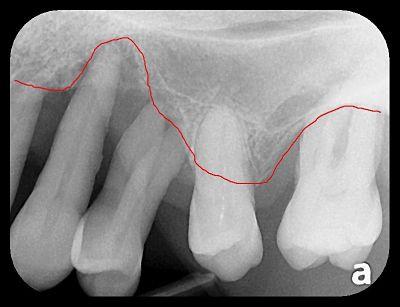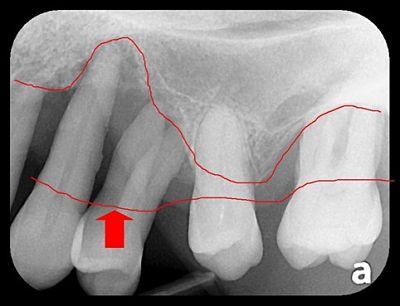March 11, 2013
Years of practice have convinced me that most people don’t “get” this — but they should.
Here’s how I know, and why you need to understand periodontal disease.
Now, when I say people don’t “get” periodontal disease, what I mean is that they don’t understand it. Naturally, the problem is that they do get it, and in much larger numbers than was previously considered to be the case.
According to recent findings from the Centers for Disease Control and Prevention (CDC) and the American Academy of Periodontology, nearly half of American adults older than age 30 years have periodontal disease. These studies also found that the prevalence of periodontitis rises to 70.1% in adults older than age 65.
Study authors found that 47.2% of the population (which would account for approximately 64.7 million adults) has periodontal disease, a figure far higher than previous national estimates.
So how do I know most people don’t understand the problem?
Here are two real-life examples that I encounter much too often:
Scenario One:
When told they have periodontal disease, the patient responds — “Oh, yeah. I had that treated once some years ago.”
Scenario Two:
Dentist: You have periodontal disease.
Patient: Yes, my last dentist told me and I got the treatment.
Dentist: Do you understand what it is?
Patient: No.
The last scenario is an obvious case of non-understanding, by the patient’s very admission. (This was an actual exchange, by the way.) But what is it about the first one that lets me know the person doesn’t really understand their condition? Simply this:
If not controlled, periodontal disease can be progressive. If controlled once, but later neglected, it can return. Usually, at this point in the discussion, it has returned and the patient is not aware of it. Its not like a childhood disease that you get once and then never again.
In fact, there is a reason it is the number one cause of tooth loss worldwide and it is that most people just don’t know they have it. In a great many cases — probably most — it doesn’t hurt until it is too late.

Take a look at the x-ray to the left:
The red line roughly traces the patient’s bone level.
Would you expect this patient’s teeth to be loose?
If you answered “yes” you would be correct. There is little there to support them.
Now look at the second x-ray:

Notice the lower line marked by the red arrow.
This is approximately where the patient’s bone used to be.
That’s periodontal disease.
(It is also sometimes called “gum disease” because the gums that lay over the bone are generaly affected as well.)
Sometimes, it is not until I trace these lines out for people that they really get it. I hope you understand it a little better now, too, because there is a very good chance you may have it or get it at some point in your life — and it probably won’t give you much of a warning sign in the early stages.
Periodontal disease doesn’t have to be evenly distributed in the mouth. It can limited to one or several teeth. Everybody has a different predisposition to periodontal disease, but there is a great deal you can do to prevent it.
Step one is see your dentist for an examination if you haven’t had one in a while. Ask questions and learn more about what you can do to halt its spread. Wouldn’t you rather be in the group of 30% that doesn’t have periodontal disease than the group of 70% that do?



